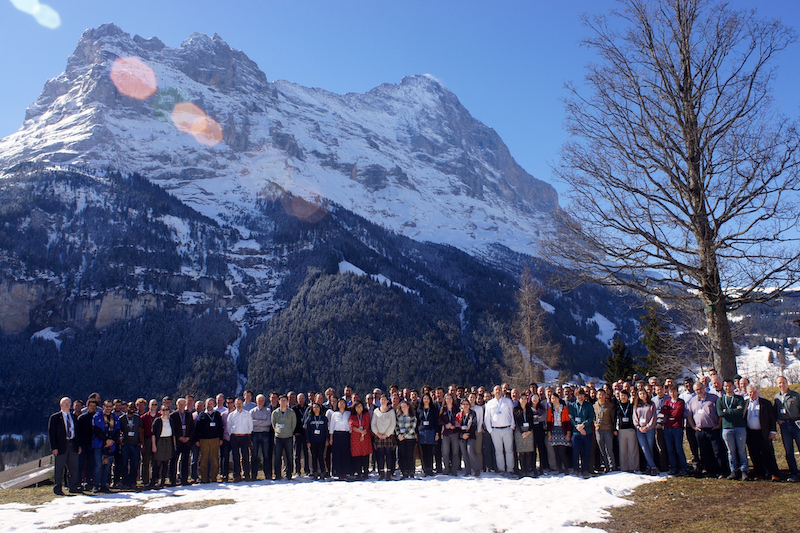Speaker
Description
With new missions and surveys such as TESS and SPECULOUS, the discovery of the first transiting, potentially earth-like planets is just around the corner. Once discovered, those planets will immediately become the focus of observations in search of atmospheric biomarkers such as H2O, CH4, O3, and O2. Recent studies suggest the latter will be best detected from the ground. Here we present a study of technical and observational parameters which will produce the most sensitive observations of O2 using instrumentation on the next generation of extremely large telescopes (ELTs). Our study suggests spectral resolution in excess of R~100,000 is optimal for O2 detection. Therefore, we have developed a concept instrument based on an array of Fabry Perot Interferometers capable of achieving spectral resolutions in excess of R~100,000 on ELTs. Despite its high spectral resolution, the concept instrument has modest dimensions, and allows high throughput. We discuss simulations results, suggesting that such an instrument can reduce the number of observed transits needed for molecular oxygen detection by 30% and more. Finally, we discuss design parameters and the unique aspects that need to be taken into account in the design of such an instrument, and present initial data from a lab pathfinder demonstrating its capabilities.
